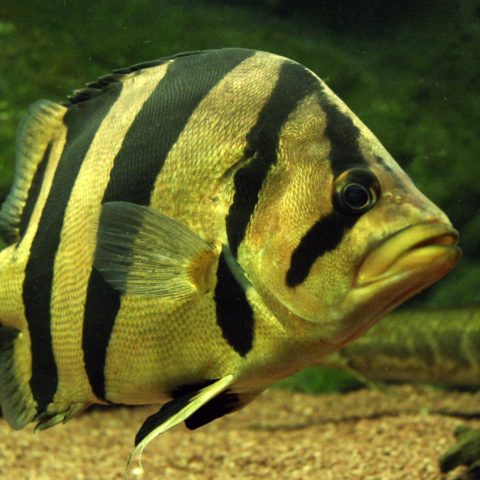Conservation Actions
There are no known conservation measures for this species. Research on population status, life history, ecology, use, trade and threats is needed.
Location Information
This species is known only from its type locality in Laguna de Bay, Luzon, Philippines (Parenti 1989). Laguna de Bay is the largest inland water body in the Philippines with 900 km2 surface area, 2.5 meters average depth and about 1 m asl elevation (Partnerships in Environmental Management for the Seas of East Asia Resource Facility and the Laguna Lake Development Authority 2013). If still extant, this species would have an extent of occurrence (EOO) of 1,201 km2
Geographic Range
Possibly Extinct
Philippines
Population Information
Laguna de Bay is a well-studied body of water. There have been no confirmed records of this species in the lake despite various ichthyological surveys in the past several decades. It is suspected that this species is on the verge of extinction due to various anthropogenic threats.
Threats
Laguna de Bay, the only known habitat of this species, is a multipurpose water resource system functioning as a catch basin and receiving excess water and discharges from the urban and industrial zones of Metro Manila. The lake is threatened by agricultural, industrial, and domestic wastewater pollution, invasive alien species, aquaculture activities, and sedimentation (Guerrero 2014, Laguna Lake Development Authority 2015). Some key water parameters showed the worsening condition of the lake and it is judged to be extremely trophic or dystrophic (Barril and Tumlos 2002). The lake has been in critical condition and its biodiversity is facing extreme threats (Guerrero 1999).



